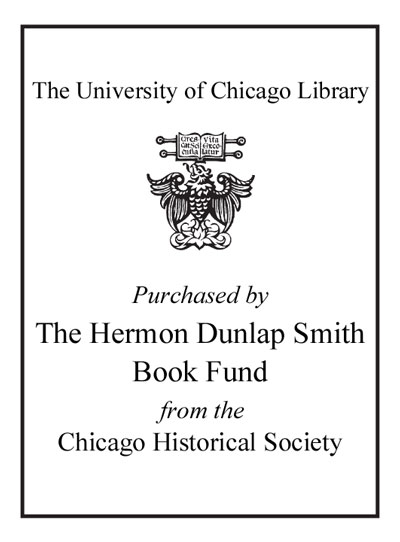| Summary: | "Newburgh, NY-a city of about 30,000 residents, located roughly sixty miles north of New York City in the Hudson River Valley-is a quintessential example of a small, under-resourced, majority-minority, post-industrial city that has struggled to transition into the service, technology, and knowledge-based economy. Like many other similarly sized cities throughout the American northeast and midwest, white flight and decades of disinvestment left it racially segregated, facing perennially high poverty and crime rates, and offering few opportunities for its predominantly minority residents. And yet, Newburgh is now home to a gentrifying historic district, including an attractive, amenity-filled commercial strip, and an influx of middle-class, creative professionals as residents. Scholarship in urban studies has yet to offer a satisfactory explanation for how small, rust-belt cities such as Newburgh are finding ways to reverse decades of decline. This book is a contribution to that end. Sixty Miles Upriver argues that Newburgh's recent revitalization was motivated not by downtown or waterfront redevelopment, government planning, or existing institutions and assets, but rather by one factor above all else: its proximity to New York City. Drawing on several years of observations of the development of Newburgh's communities and participation in community meetings and volunteer events, as well as over 140 interviews people of diverse backgrounds, Richard Ocejo offers a detailed account of a small city in transition, struggling through the contradictions of gentrification. Ocejo observes that small city gentrification typically results from middle-class urbanites fleeing larger cities like New York. But he argues that, unlike the white flight of previous generations, fear of racial minorities and urban decline are no longer the motivating factors. Instead, small city gentrifiers are driven out of larger cities as affordable, middle-income neighborhoods become scarcer, and they are attracted to cities like Newburgh precisely because of the "grit" and racial diversity that they identify with "authentic" urban life. By engaging with the effects that such transplants have had on the development of Newburgh, and examining the varying ways they navigate race, racial difference, and racialization in majority-minority cities to suit their needs and fulfill their aims, Sixty Miles Upriver helps us make sense of two key phenomena in today's spatial landscape: how gentrification unfolds outside of large cities and how it comes to be seen as good"--
|
|---|

